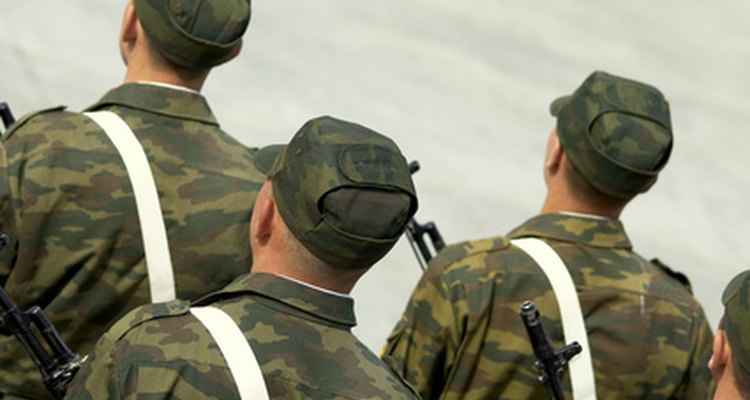
The military uniform is more than just clothing. For the soldier, sailor, pilot, or Marine, it is an outward symbol of military service, a design feature that reinforces group unity and obedience, and has practical features, such as camouflage or protection from the elements. Each branch of the armed forces has a distinct uniform with a lot of symbolic value, and even within branches, there are different kinds of uniforms for different ranks and functions. Designing a military uniform requires balancing a number of features.
Decide on a color for the uniform. The U.S. Army typically issues drab green and brown camouflage for its soldiers, colors that allow the soldier to blend into forested surroundings. Troops serving in the desert are issued lighter-colored camouflage that reflects those conditions. A color should balance both aesthetics and camouflage needs.
Decide whether the uniform will be for the battlefield or for ceremonial purposes. Military uniforms differ widely in this regard. Standard camouflage fatigues are heavy, practical and facilitate disguise, qualities necessary for the rigors of combat. But many military uniforms serve only ceremonial functions. These value more aesthetics than pragmatic features.
Design insignia. Military uniforms are noted for their colorful, symbolic insignia: The pins, buttons and medals signify rank, branch, battalion, commendations and honors. Insignia is important because it distinguishes members of service who have been awarded certain honors and represents differences in rank within a branch. Decide the style and color of insignia you want to use and where it will be placed on the uniform.
Choose a fabric. Cotton is lightweight and breathes more easily, making it more suitable for summertime. Khaki or winter olive drab is heavier but provides better insulation, and it may be more suitable for military service in the summer. Wool provides protection from the cold but is heavy and retains moisture.
Design proper footwear. The standard combat boots worn by the Marines and other branches, for example, are heavy-duty, durable and well-suited to combat rigors and physical labor, but the footwear you design depends on function (ceremonial or duty-related).
Related Articles

Importance of Military Uniform ...

Military Dress Blues Setup Guide

What Is a Textile Motorcycle Jacket?
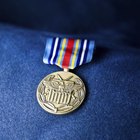
Proper Placement of Medals on a USMC ...
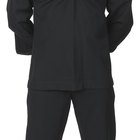
Navy Pea Coat Uniform Regulations

How to Wear a Collar Brass Class A ...
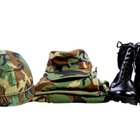
What Are the Parts of a Military ...

What Is the Difference Between a ...

Parka vs Bomber Jacket

Army Class A Uniform Guide

How to Wear Marine Corps Ribbons & ...

History of Military Hats

How to Shrink Flannels

How to Wear the USAF Mess Dress Uniform

The Differences of Neoprene & Thinsulate

Government Grants for Churches

How to Wear the USMC Dress Blues

Why Is It Called a Pea Coat?
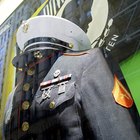
Alpha Uniform Regulations in the Marine ...

How to Put Rank on an ACU Cap
Writer Bio
David Ferris started writing professionally in 2006 and has been published in several newspapers. He has worked in a variety of fields including education and law. He strives to one day be an authority on all subjects, great and small. Ferris has a Bachelor of Arts in political science.
Photo Credits
russian army image by Alexey Klementiev from Fotolia.com